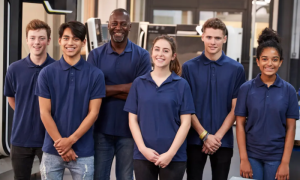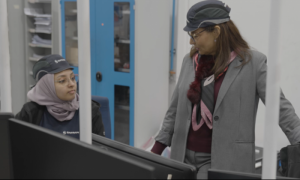 ESA
- 12/11/2019
ESA
- 12/11/2019
Rosetta's ongoing science
On 12 November 2014 Philae became the first spacecraft to land on a comet as part of the successful Rosetta mission to study comet 67P. Five years later, and after the missions official end in 2016, Rosetta is continuing to provide insights into the origins of our Solar System.
Rosettas instruments have already discovered that the comet contained oxygen, organic molecules, noble gases and heavy or deuterated water different to that found on Earth.
As scientists continue to analyse data from Rosettas instruments, including the ionised gas or plasma, the results are improving our understanding of comets. Mission data is also being delivered to an archive as a future resource.
Rosetta orbits the Sun every 6.5 years and will pass the Earth again, visible from ground-based telescopes, in 2021. ESAs future Comet Interceptor mission will build on Rosettas success when it performs a flyby of a comet. But, unlike Rosetta, the comet will be new to our Solar System.
Learn more about Rosetta: http://bit.ly/RosettaESAhome
Subscribe: http://bit.ly/ESAsubscribe and click twice on the bell button to receive our notifications.
Check out our full video catalog: http://bit.ly/SpaceInVideos
Follow us on Twitter: http://bit.ly/ESAonTwitter
On Facebook: http://bit.ly/ESAonFacebook
On Instagram: http://bit.ly/ESAonInstagram
On Flickr: http://bit.ly/ESAonFlickr
We are Europe's gateway to space. Our mission is to shape the development of Europe's space capability and ensure that investment in space continues to deliver benefits to the citizens of Europe and the world. Check out http://www.esa.int/ESA to get up to speed on everything space related.
Copyright information about our videos is available here: http://www.esa.int/spaceinvideos/Terms_and_Conditions
#ESA
#Rosetta
#SpaceExploration




























































